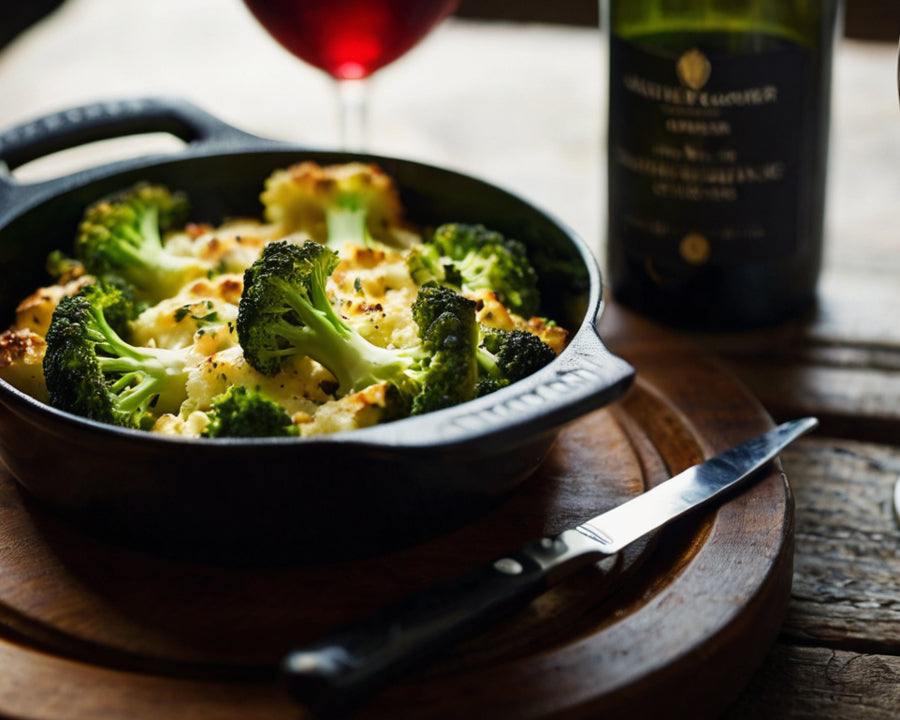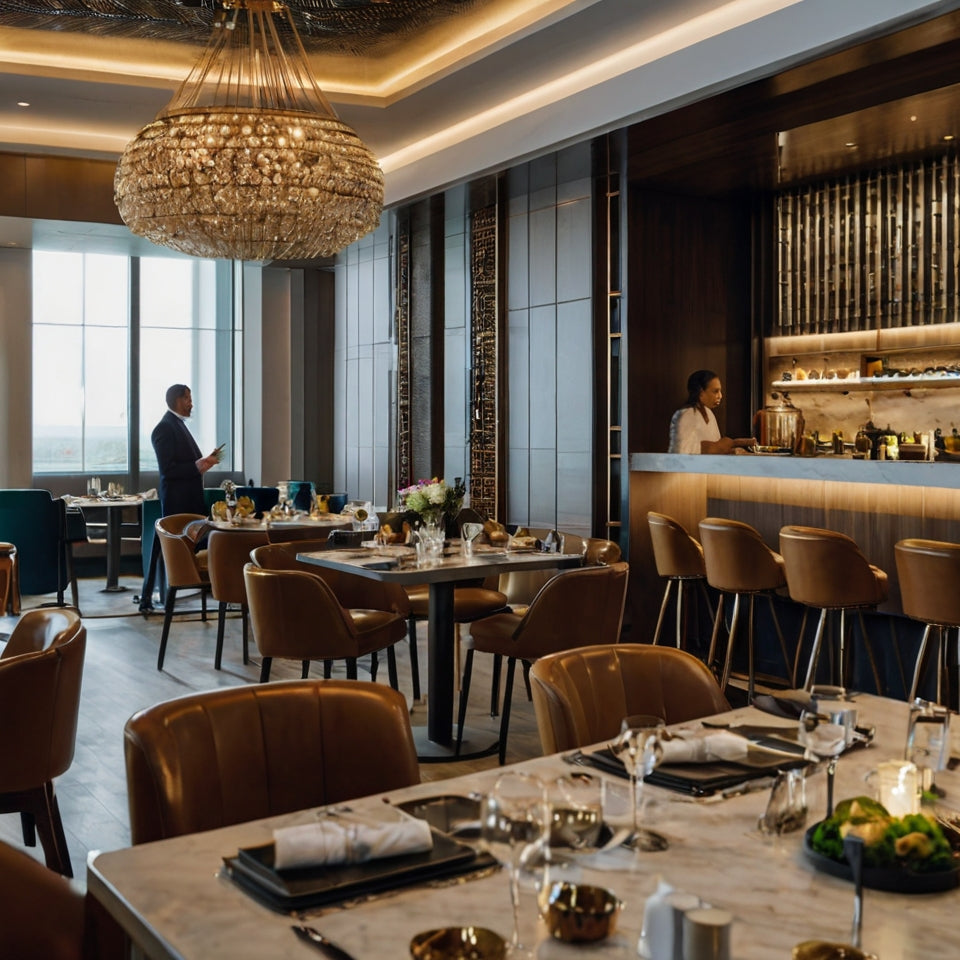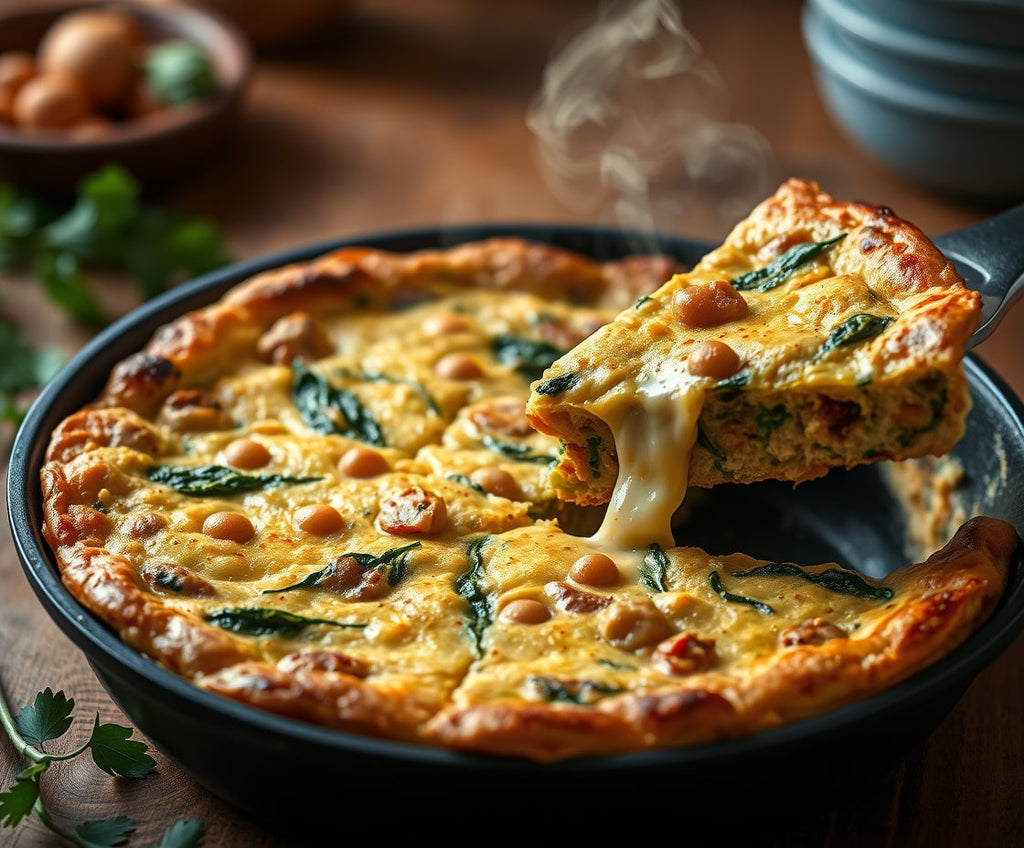The Hearty Delight of Lamb Shanks: A Dish Worth Adopting
- Jul 14, 2024
- 0 Comments
Lamb shanks or loins, have long been a beloved dish in many parts of the world, and their popularity shows no signs of waning. This tender, flavourful cut of meat has captured the hearts and taste buds of many, and for good reason. In this blog, we'll explore the origins of lamb shanks, why they're a popular choice, how restaurants can adopt them, the equipment needed to cook them, and the perfect wines to pair with this delectable dish.

Origins and History
Lamb shanks have their roots in traditional Mediterranean and Middle Eastern cuisine, where slow-cooking, tougher cuts of meat were a necessity. The dish gained popularity in the 1960s and 1970s in the UK, where it became a staple in many pubs and restaurants. Today, lamb shanks are enjoyed globally, with various adaptations and flavours added to suit local tastes.
Why Lamb Shanks are a Popular Choice
So, what makes lamb shanks such a crowd-pleaser? Here are a few reasons:
- Tender and Flavourful: Braising lamb shanks low and slow breaks down the connective tissues, resulting in tender, fall-off-the-bone meat that's packed with flavour.
- Comfort Food: Lamb shanks evoke a sense of comfort and warmth, making them a perfect choice for cosy nights in or special occasions.
- Versatility: Lamb shanks can be cooked in a variety of ways, from rich and hearty stews to light and aromatic sauces.

Adopting Lamb Shanks in Restaurants
Restaurants can easily incorporate lamb shanks into their menus, and here's why:
- Easy to Prepare: Lamb shanks are relatively simple to prepare, requiring minimal prep work and cooking time.
- Cost-Effective: Compared to other cuts of meat, lamb shanks are often more affordable, making them an attractive option for restaurants.
- Variety of Flavours: Lamb shanks can be cooked in a range of flavours, from classic rosemary and garlic to spicy curries and stews.
To cook lamb shanks, you'll need the following equipment:
- Large Dutch Oven or Braising Pan: A heavy-duty pot with a tight-fitting lid is essential for slow-cooking lamb shanks.
- Oven or Stovetop: Lamb shanks can be cooked in the oven or on the stovetop, depending on your preference.
- Meat Thermometer: Ensure your lamb shanks are cooked to perfection with a reliable meat thermometer.

Cooking Lamb Shanks
Cooking lamb shanks is relatively straightforward:
- Season and Brown: Season the lamb shanks with your desired herbs and spices, then brown them in a hot pan to lock in flavour.
- Add Aromatics: Add onions, carrots, and celery to the pot, followed by your chosen liquid (stock, wine, or water).
- Braise: Cover the pot and transfer it to the oven or stovetop, cooking the lamb shanks low and slow for 2-3 hours.
Lamb shanks pair beautifully with a range of wines, including:
- Cabernet Sauvignon: A full-bodied red wine that complements the rich flavours of lamb shanks.
- Merlot: A smooth and approachable red wine that pairs nicely with the tender meat.
- Pinot Noir: A light-bodied red wine with bright acidity, perfect for lighter lamb shank dishes.

Conclusion
Lamb shanks are a beloved dish for many reasons – tender, flavourful, and comforting. Restaurants can easily adopt this dish into their menus, and with the right equipment and cooking techniques, can create a truly unforgettable experience for their customers. Whether you're a foodie or a wine enthusiast, lamb shanks are a must-try dish that's sure to delight. So go ahead, give lamb shanks a try, and discover why they're a culinary favourite around the world.
Explore the range of cooking equipment on our website.











